OP: “Answer” by Leo Ieiri
In a season so full of wild cards four of a kind would have no chance of winning, Major 2nd is a division winner with home field advantage throughout the postseason (how’s that for a mixed metaphor?). Mitsuda Takuya’s manga franchise is one of the pillars of Japanese pop culture, and of my own history as a manga and anime fan. We go a long way back, Major and I, and the affection is deep and heartfelt. As for Watanabe-sensei, at this point his stature as one of anime’s best – and most versatile – directors is surely beyond question. Giddy-up.
Sometimes franchises that have been around as long as Major can get a little stale, but that hasn’t happened here. Why is that? One can look at Gegege no Kitarou and say it’s continually refreshed by new talent at the creative level, but Major is and always has been Mitsuda-sensei. The key is that he totally changed the formula and the dynamic with “2nd”. He contemporized in the same way the current remake of GGGnK did – except of course he did it himself – though the full extent of that will only become apparent this season. And he gave us a totally different sort of protagonist.
Shigeno Daigo is someone I think more people can relate to than his father, Goro. Goro remains the finest example of a certain archetype of sports manga protagonist and he’s one of my all-time favorites – that won’t change (he also inherits Endeavor’s “bad dad” mantle this season, but that’s for another discussion). But Daigo was a bold choice for Mitsuda – a chance to explore not just the reality of trying to succeed in sports with limited physical gifts (sports manga has certainly done that) but also with the weight of expectations from having a heroic father. Psychologically speaking S1 was a deconstruction of what that scenario is like for a kid (which alone makes it unusual in sports anime).
Much has changed as the new season begins, and not just the passage of two years time. Daigo is now a 2nd-year at Fuurin Junior High School. He’s taller, unsurprisingly, though unlike his dad at the same age he still looks very much like a kid. But Daigo has changed in more meaningful ways. There’s a quiet confidence to him now that we certainly didn’t see from the 12 year-old Daigo – this is a boy who’s grown comfortable in his own skin, and while there’s not a trace of cockiness to him because that’s just not who he is, you can sense he’s like a tree that’s standing by the water side (he shall not be moved). He’s resolute, rather than arrogant.
At Fuurin, Mitsuda takes Major 2nd in a direction we rarely see from sports manga. The Fuurin team is a true mixed-gender group – Daigo is the captain, our old friend Mutsuko Sakura is the vice-captain, and four of the six returning players are girls. In Japan girls and boys can compete in middle-school baseball (depending on the largesse of the school), and indeed most schools only have a softball team for girls. There are lots of sports manga about boys, and now almost as many about girls, but very few where we see them directly competing in a physically demanding sport like baseball. And given that Mitsuda takes the baseball part of the equation very seriously, you can bet that he explores the complexities of this scenario with some depth.
For now, the almost-inevitable culture clash this causes is the center of the story. The school has recruited a bunch of freshmen from the prestigious Nanyou Lions little league club (middle schools in Japan make a lot of money from sports – if they’re competitive). And because of how elite youth athletes are treated here (and not just here), these boys are cocky and arrogant enough to make up for Daigo’s lack. Especially Nishina Akira, their ringleader. He’s played by Yamashita Daiki and I must say, it’s an impressively off-profile performance from him. They waltz in dispensing with all the usually deference to seniors, and expect the existing club members to fade into the background (or disappear altogether). Which is probably exactly what they were told would happen, in their defense.
You could hardly ask for a better status check on where Daigo is as a character than this first episode, because the way he schools the newbies is totally in-character. He cheerfully gives them the rope they need to hang themselves, then lets them do so. He shows rather than tells – and then, once they’ve seen the experiential evidence they can’t deny, he adds on the telling. Middle school baseball in not little league – a bigger baseball, the prominence of breaking pitches, simple experience. And girls can be serious ballplayers. Nanyou Little is not the only prestigious little league team in Mitsuda’s Japan.
Watanabe can certainly thrive with all sorts of material, including really edgy stuff like Koi wa Ameagari and Nazo no Kanojo X. But it’s a joy to watch him work with straightforward and beautifully-constructed stuff like Major. He’s equally adept at the character and sports moments, his command of pacing and comic timing is impeccable, and he clearly understands how to let what’s best about his source material shine. The premiere looks great too – the character designs are on-point – and the OP and ED are both outstanding. What a pleasure it is to have both Major 2nd and Watanabe back on our screens, and in a season of uncertainty (both in anime and the world) to have a show you know is going to be reliably great week after week.
ED: “One” by SHE’S



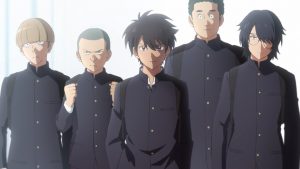
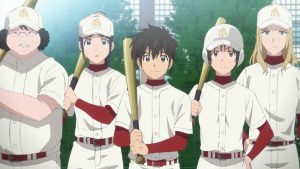
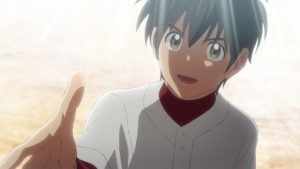
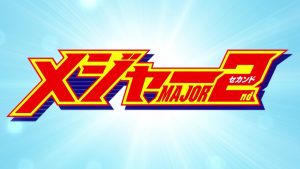
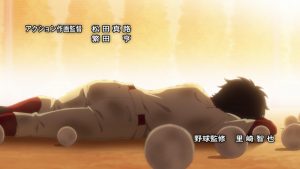
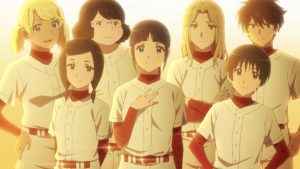
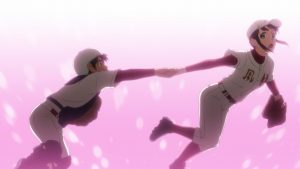
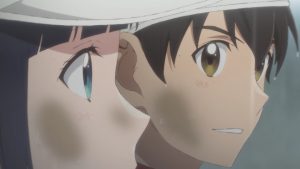
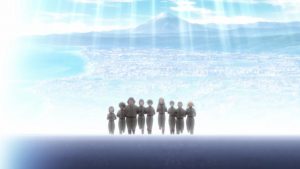
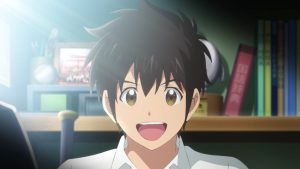
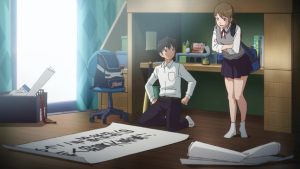
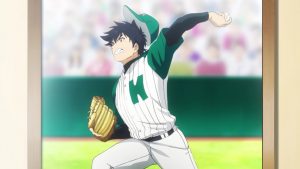
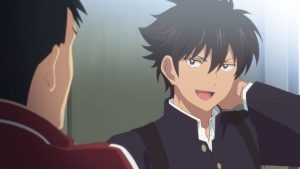
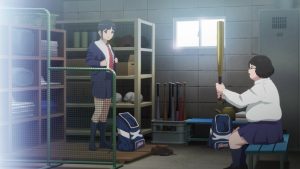
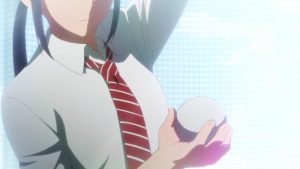
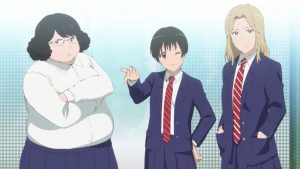
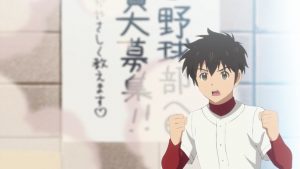
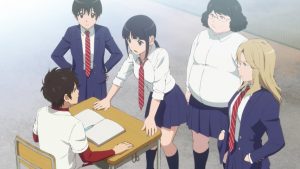
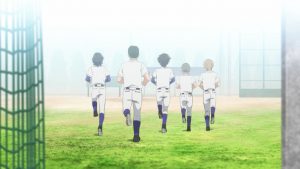

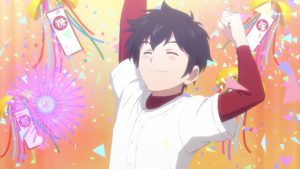

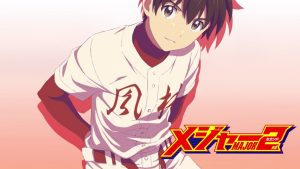
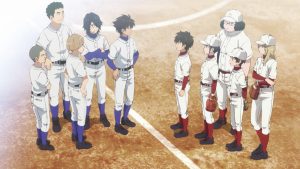
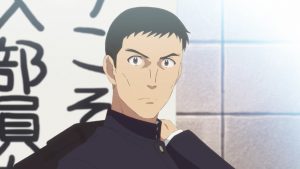
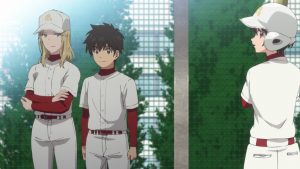
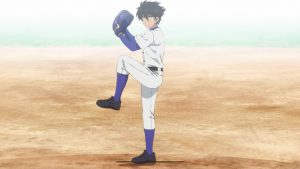

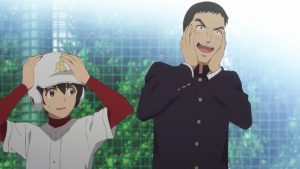
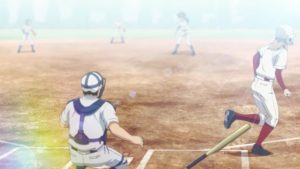
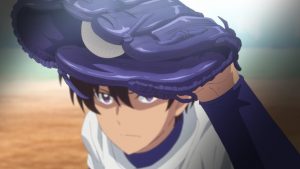

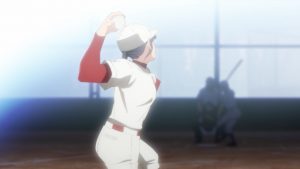
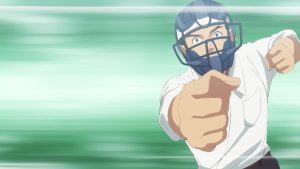
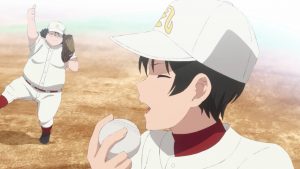
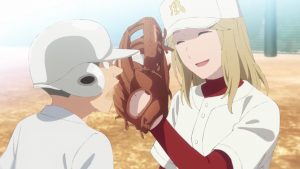

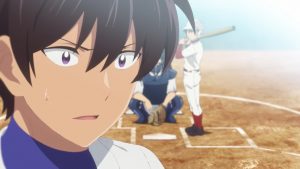
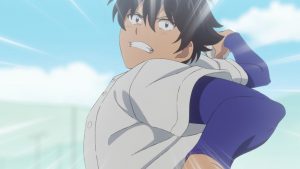
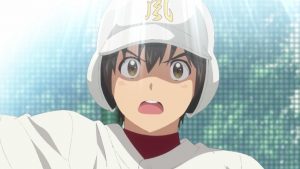
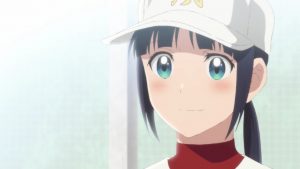
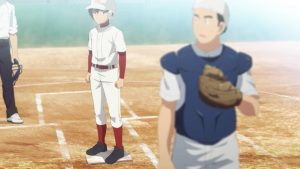
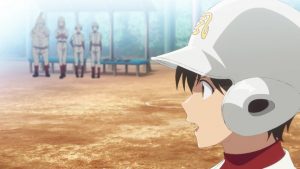
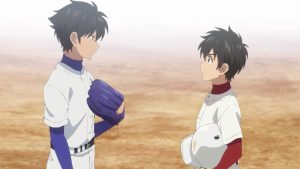
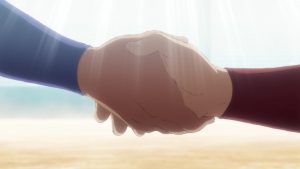
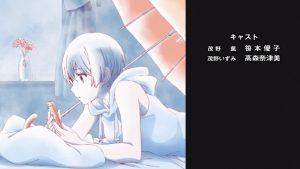

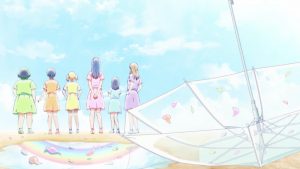
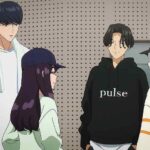

Jindujun93
April 5, 2020 at 7:42 pmI knew I really missed Major 2nd, but I didn’t know just HOW MUCH I missed it until I started watching the episode and actually teared up a bit at Daigo’s growth. After seeing him at the beginning of the first season, it’s so satisfying to see that he finally got his own brand of confidence and can back it up, because his heart is definitely in the right place. Of course, I knew what this episode would be about in advance, since the chapters covered here (plus one more chapter after it) were scanslated, so next week is new territory for me again. And I’m really looking forward to it – the staff already did great work again this week, and Mitsuda has always delivered before, so I’m sure I’m in for a good ride. I’m going to miss it again after the second season is over, though of course as long as Mitsuda writes more, it’s guaranteed we will get an S3 in the future too, heh. Though that’s nothing to worry about for now – since right now, there’s half a year of animated content ahead of us.
Guardian Enzo
April 5, 2020 at 8:19 pmMitsuda is still quite young but he has had a couple of health-related hiatuses, which worries me a little given how physically demanding delivering a weekly manga is. Of course if he manages to keep going, there’s really no reason to think we won’t keep seeing new anime – Major is an institution, and everything on the page has made it to the screen so far (and some that had never been on the page, like the movie).
I know exactly what you mean about Daigo. There’s something about these sports series about young kids where you just feel such pride and protectiveness towards them. And Daigo is a good soul – to see him grow this much really is rewarding. I’m not normally a huge fan of timeskips, and of course part of me would like to see how he got from where we left him to who he is now, but it makes quite an impact.
Jindujun93
April 5, 2020 at 8:52 pmExactly! In a way, Daigo reminds me of Shou from Ginga e Kickoff – or the tireless terrier, as you call him. And that was a plus for me right from the very beginning, haha.
leongsh
April 5, 2020 at 7:51 pmIt’s a very good first episode to reestablish the character to show where and how he is now, in addition to setting up the scenario. There is only 1 thing that bothered me – it’s the eyecatch with Daigo in a come-hither look with belt undone. Whether it is a boy or a girl used, it is not one I like to see for a character of around that age in a wholesome type of anime.
Guardian Enzo
April 5, 2020 at 8:30 pmFair enough, but TBH Mitsuda (and Adachi too for that matter) has never been shy about depicting their female characters in relatively innocuous “service” poses like this, so it’s pretty much goose and gander to me.
Blueblue
April 7, 2020 at 3:06 amI had re-watched the last “decisive” episodes of the 1st season before starting that one and I should say that it was a pleasant experience. But actually, I will directly start by what striking most to me, that is the “design” (art, chara design, etc. sorry if I do not use the right term). I mean, is there any change in the artistic staff? Because, passing from the 1st season to that one, there is a great difference (positively) through my eyes. It looks more smoother, lighter. Don’t know I am making myself clear lol. I just hope that the “shiny sun” background will not be there during all the season, because that is a bit too much to my taste.
Anyway, when they had told me during the 1st season that the author stated that he wanted tot ell something really different from “Major 1st”, I didn’t that it would be that much (by the way, that is really a pity in my opinion that “Buyuden” failed, but that is another story). But I like it. That is interesting.
Due to my “Afro-european” culture, I am absolutely not a baseball guy and so I know about that sport only via anime (even in “manga”, that is impossible for me to read it). So I don’t know how really “realistic” it is to have 99% female team compete against males (no misogyny here, just wondering) but that is nice. And I already like the girls” personality. Just hope that we will know more about the seniors and not only about the freshmen.
Just not a fan at all of the OP song and the ED is meh. But these are tastes.
Guardian Enzo
April 7, 2020 at 8:36 amActually, if you look at the first Major (which likewise had an A-List director at the start) there was a similar evolution in art style after the first season. I think it’s intentional – they anime the hero’s little league arc in a more “kids anime” palette, then subtly change it once they get to middle school.
As to your question, realistically speaking junior high school is probably the highest level where girls are going to be able to compete at the same level as boys in baseball in relatively large numbers. Some girls may be able to compete at higher levels (in anime terms, think Aoba from Cross Game) but only the very exceptional ones. A team with multiple girls or more or less “normal” talent competing against all-boys teams is probably very unlikely above middle school.
tsirrus
April 7, 2020 at 10:01 amNever seen any Major before, and checked this ep out of curiosity over the praise (esp. animation).
I can say I am rather comfortable diving into this series with no prior knowledge. I will probably miss out on background, but not enough to not make this enjoyable. At least if the rest follows up the first episode.
Guardian Enzo
April 7, 2020 at 11:18 amIt will. But I would at least check out the first season of M2 – the original isn’t totally essential (thought it’s really good, especially S1) but the first season of “2nd” really adds a lot of context to this story.